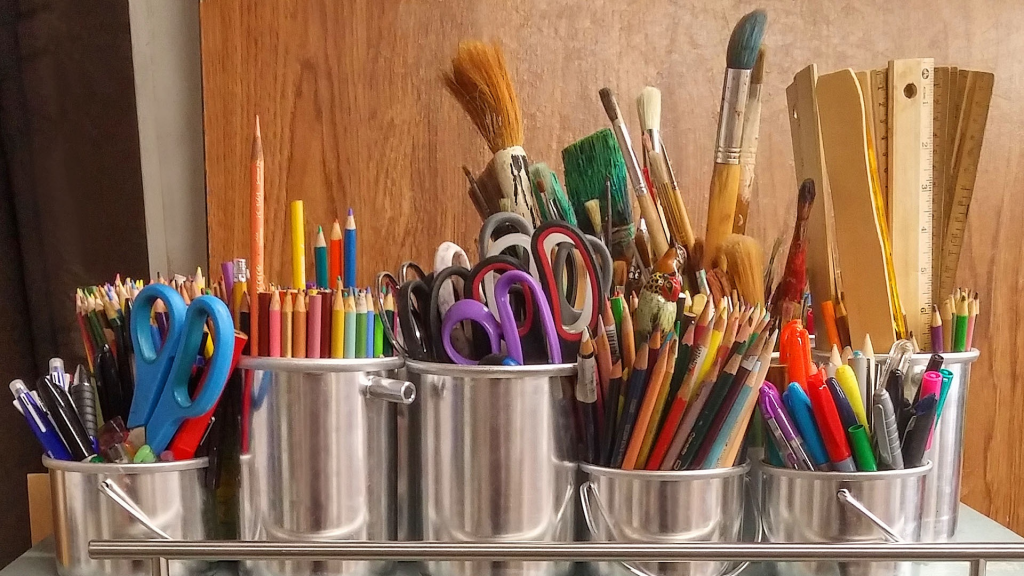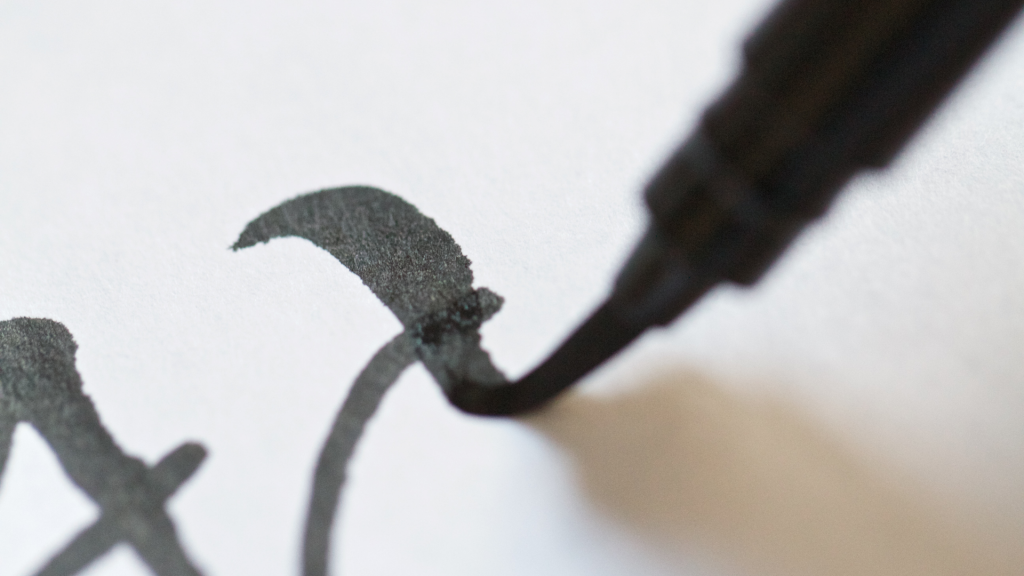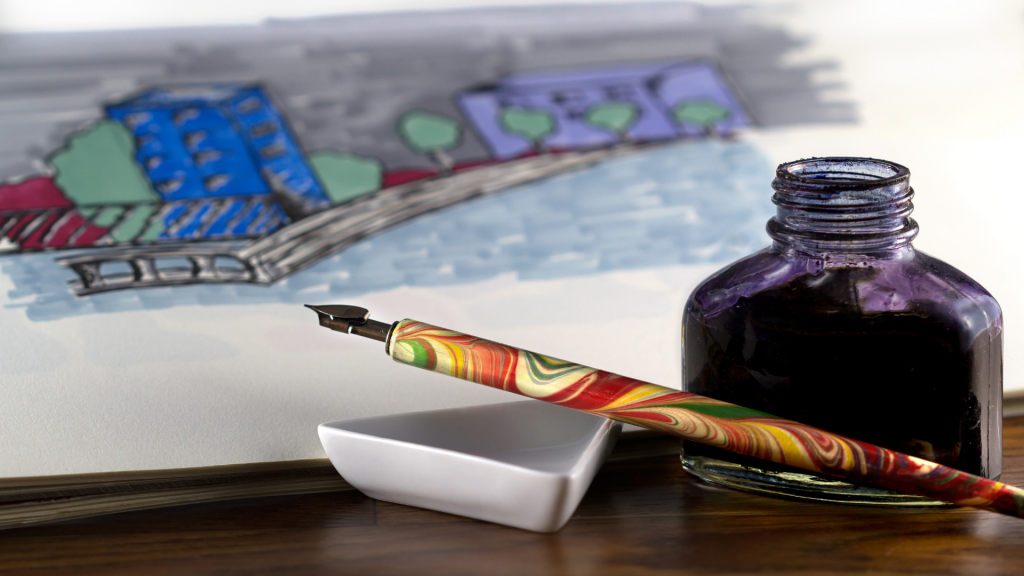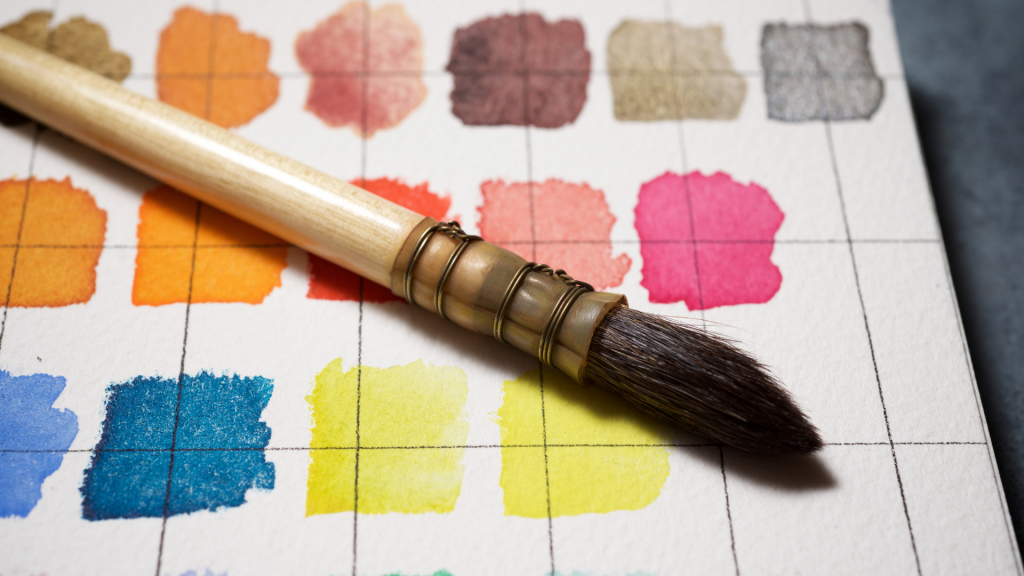Studying art is often seen as a tedious or unappealing process, not something that everyone would find fun or enjoyable. This is unfortunate since art is a subject that can help you improve your life, and the best way to do that is to learn more about it.
Many people think that art has to be expensive and that every painter is like a starving artist. The truth is that you don’t need to be as rich as Gatsby to create art, and you don’t have to be as hungry to paint. There are several ways to make money from art, from selling paintings and prints at art fairs to teaching art at community colleges.
What is art?
The term “art” is used to describe a wide array of products and activities that are created for enjoyment by the masses. By contrast, “art” is not used much to describe the study of the discipline or creative practice itself. Regardless of the context, “art” is often taken to mean that what is produced is of great importance to society. In typical usage, “art” is used to define paintings, sculptures, music, novels, and other artworks.
There are misconceptions about studying art; this post will be the first in a series aimed at clearing up some of the common misconceptions I have heard.
The common misconceptions are:
- Students do not know what they want to do with their lives.
In today’s society, art is something we rarely associate with studying. It’s considered more of a luxury than a necessity, something that people do for relaxation or a hobby. However, many people do not know that art can actually help to boost their chances of getting into university or finding a job.
- If you want to study art and don’t have an aptitude for it, then you will fail.
It’s a common misconception that if you don’t have artistic talent, you won’t succeed as a student of art. But this is just not the case. Anyone can become a skilled and successful artist.
- If you can’t draw well, then you can’t bathe.
The myth that you can’t be good at art is one that’s plagued aspiring artists and non-artists alike. This myth is frequently propagated by those who have never picked up a pencil themselves or those with a vested interest in keeping you from doing so. Even if you can’t draw well, you can still make beautiful art. To start with, you can always draw well enough to find inspiration in your surroundings. Even if you can’t draw well, you can still bathe.
- No matter how hard you try, you will never be good at it.
It is really easy for people to assume that if they are not an expert in their field of expertise, they can’t gain that expertise. The reality is, though, that the learning process is seldom linear. As an example, if you are a painter, you may be stuck with your level of expertise for a long time. But if you decide to study it, you may find that you can make rapid progress.
- Art is too expensive
As a student, you probably feel like art is too expensive for the average person, and your friends think you’re mad for spending thousands of pounds on a degree that might not even get you a job. But for many, art is a vital part of their lives and studies, something that can connect them to their community, make them happy, and even make them better people.
If you want to learn how to draw, paint, sculpt, or animate, you must first understand the basic concepts of art. Unfortunately, many people are confused by the many terms and concepts that are used when talking about art. They wonder if it is important to follow the standard college curriculum or if they should pursue something more unique or different. The truth is that art is a broad and diverse field that is constantly changing. To become a great artist and make a significant impact on the world, you must have a strong foundation of knowledge in art topics. Some of these topics include art history, composition, color theory, symbolism, and the history of art.


 Everyone wants to learn to paint, but they don’t know where to start. We can’t blame you since it takes time and effort to learn how to paint. Still, there is no need to be discouraged if you’ve never picked up a brush. Oil Painting is an art form that can be practiced in many ways. But, to become a good painter, you need to feel comfortable in your medium of choice. So, for beginners with little to no experience in this field, what is the best way to get started?
Everyone wants to learn to paint, but they don’t know where to start. We can’t blame you since it takes time and effort to learn how to paint. Still, there is no need to be discouraged if you’ve never picked up a brush. Oil Painting is an art form that can be practiced in many ways. But, to become a good painter, you need to feel comfortable in your medium of choice. So, for beginners with little to no experience in this field, what is the best way to get started?
 The first ink drawing on paper may have been made by a Neanderthal, but the story of India is one of the richest on earth. Over the last few centuries, we have seen Indian culture grow from a simple yet sophisticated agrarian society to a vibrant, diverse, and creative one. With so many varied trajectories, we must try to understand the evolution of India and its achievements, even if we do not completely understand them.
The first ink drawing on paper may have been made by a Neanderthal, but the story of India is one of the richest on earth. Over the last few centuries, we have seen Indian culture grow from a simple yet sophisticated agrarian society to a vibrant, diverse, and creative one. With so many varied trajectories, we must try to understand the evolution of India and its achievements, even if we do not completely understand them. Watercolor painting is an incredibly popular hobby, and for a good reason. Not only is it one of the very few ways to create a tangible work of art without having to go by drawing, but it’s also a great pastime to spend time with friends and family. The trick is finding the right medium. This article will give you some ideas on what to look for in a watercolor painting medium.
Watercolor painting is an incredibly popular hobby, and for a good reason. Not only is it one of the very few ways to create a tangible work of art without having to go by drawing, but it’s also a great pastime to spend time with friends and family. The trick is finding the right medium. This article will give you some ideas on what to look for in a watercolor painting medium.